Up Next

There’s an art to being slow. Not slow as a driver but in relative terms to your opposition. It’s arguably the hardest part of being a backmarker – mastering the ability of being lapped without sacrificing much race time.
That’s as true in Formula 1 as any category with races long enough and with car differences big enough to allow for lapping. Especially in the era of Pirelli tyres, which seriously punish a driver if their temperatures drop too much or they get dirty off line.
F1’s trio of rookies are learning all that the hard way this season with Haas enjoying the challenge of getting both its drivers accustomed to getting out of the way of the faster cars without wrecking their own races.
Mick Schumacher and Nikita Mazepin are handling that differently.
“Even in the first race at Bahrain, he made a mistake in the race, got out of position or whatever, but immediately when we had to do the blue flags, his lap after was quicker than his lap before,” says Schumacher’s race engineer Gary Gannon.
“And it’s very easy to have a very poor lap after a blue flag.”
So Mazepin can attest. He has shed serious race time this season around blue flags. There are several examples of races in which he compares relatively well to Schumacher in the opening stint but finishes the race a long way behind – having been cut adrift while they are lapped.
“Blue flags are difficult,” Mazepin admits. “My personal record is I think 35 blue flags in Monaco, which is almost double of the grid of everybody who starts.
“It’s definitely a challenge to lose as little time as possible on it. But I think with the amount of practice that we’ve been getting this year I’m probably going to get good at it very soon.”
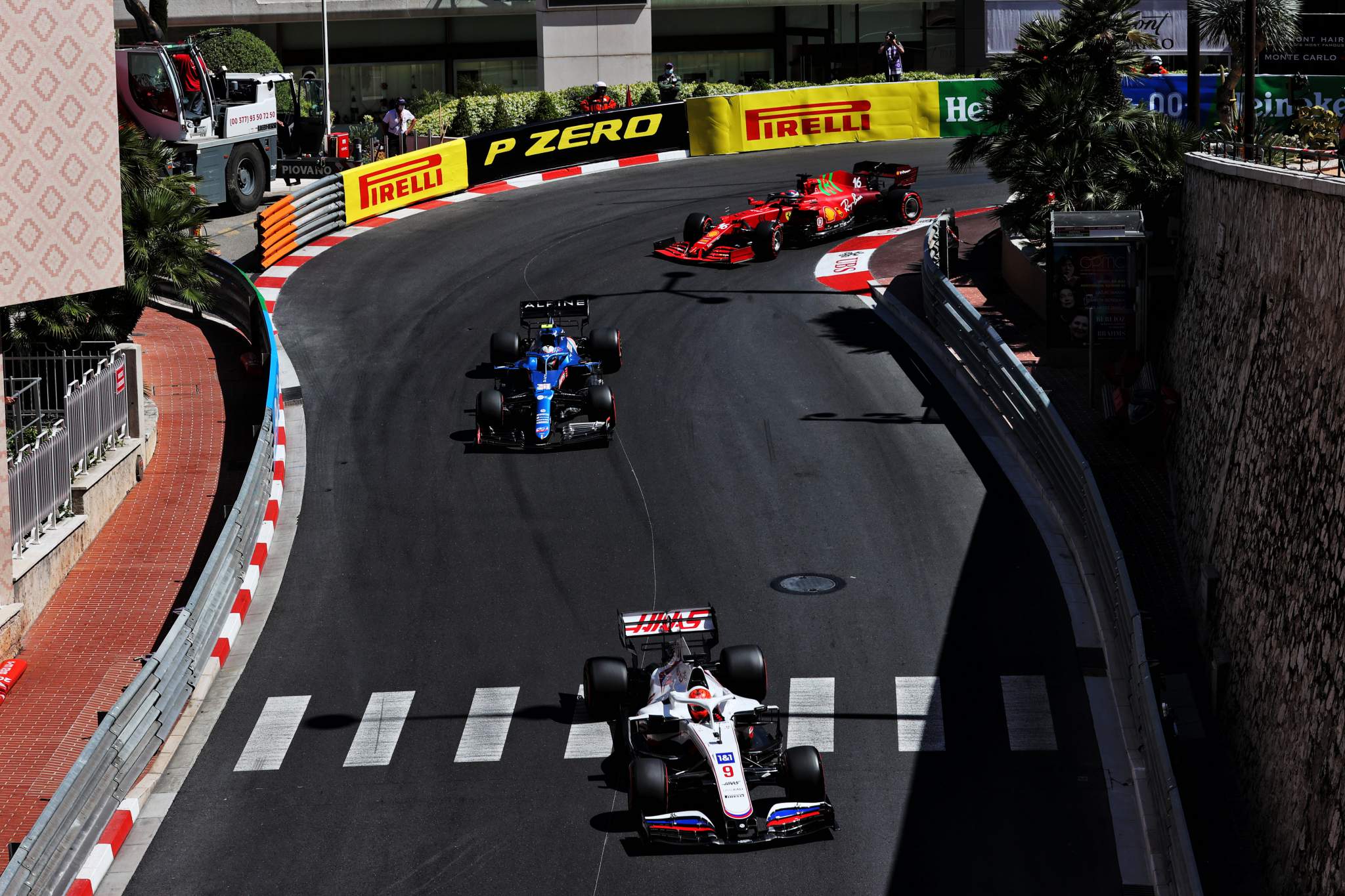
If that’s the case – and to be fair to Mazepin he did say that quite tongue-in-cheek – then it’s a breakthrough he’s still waiting to achieve.
Whereas Schumacher, like Gannon says, is actually handling it rather well. Sometimes it can simply come down to luck and getting the blue flag in just the right spot, which is kind on lap time loss.
But it is not a totally lost cause to do a slow lap and then get swiftly back on the pace. That can come down to an awareness of how much grip the tyre actually still has, as even though the tyre feels a little colder it can be pushed right up to – or close to – the limit without going over.
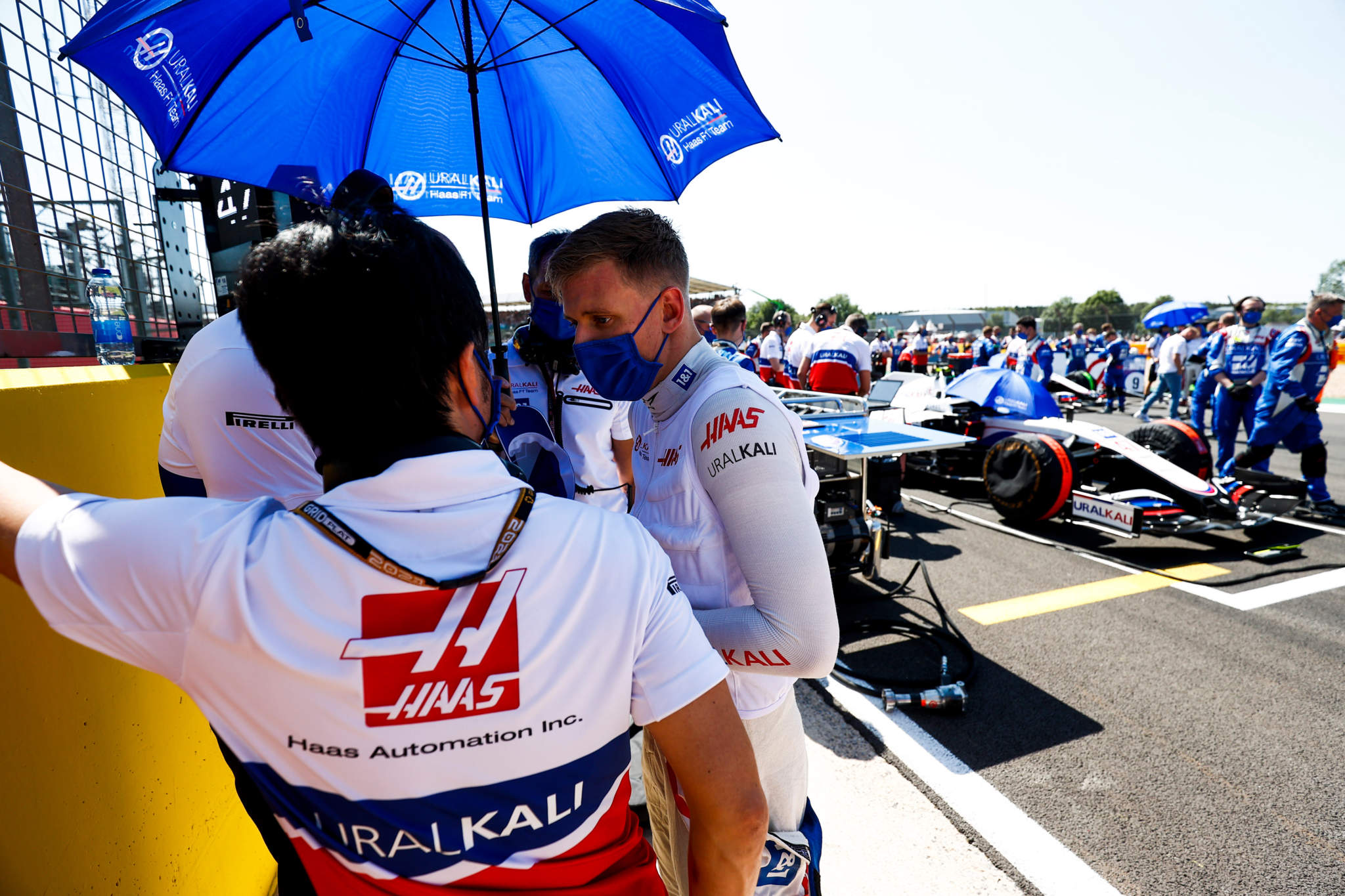
There’s every chance a rookie can get suckered into assuming the grip will not be there, and driving slower as a precaution.
“It’s been something that I’ve been quite good at to start with,” Schumacher says.
“From what I’ve learned from the team, most drivers usually when they have the blues, it would take them a lap or two to get back into the rhythm, which it doesn’t for me.
“So that’s kind of positive, I’m able to straight away pick up the pace again and do the lap times I did – even sometimes faster than than the laps I did before.
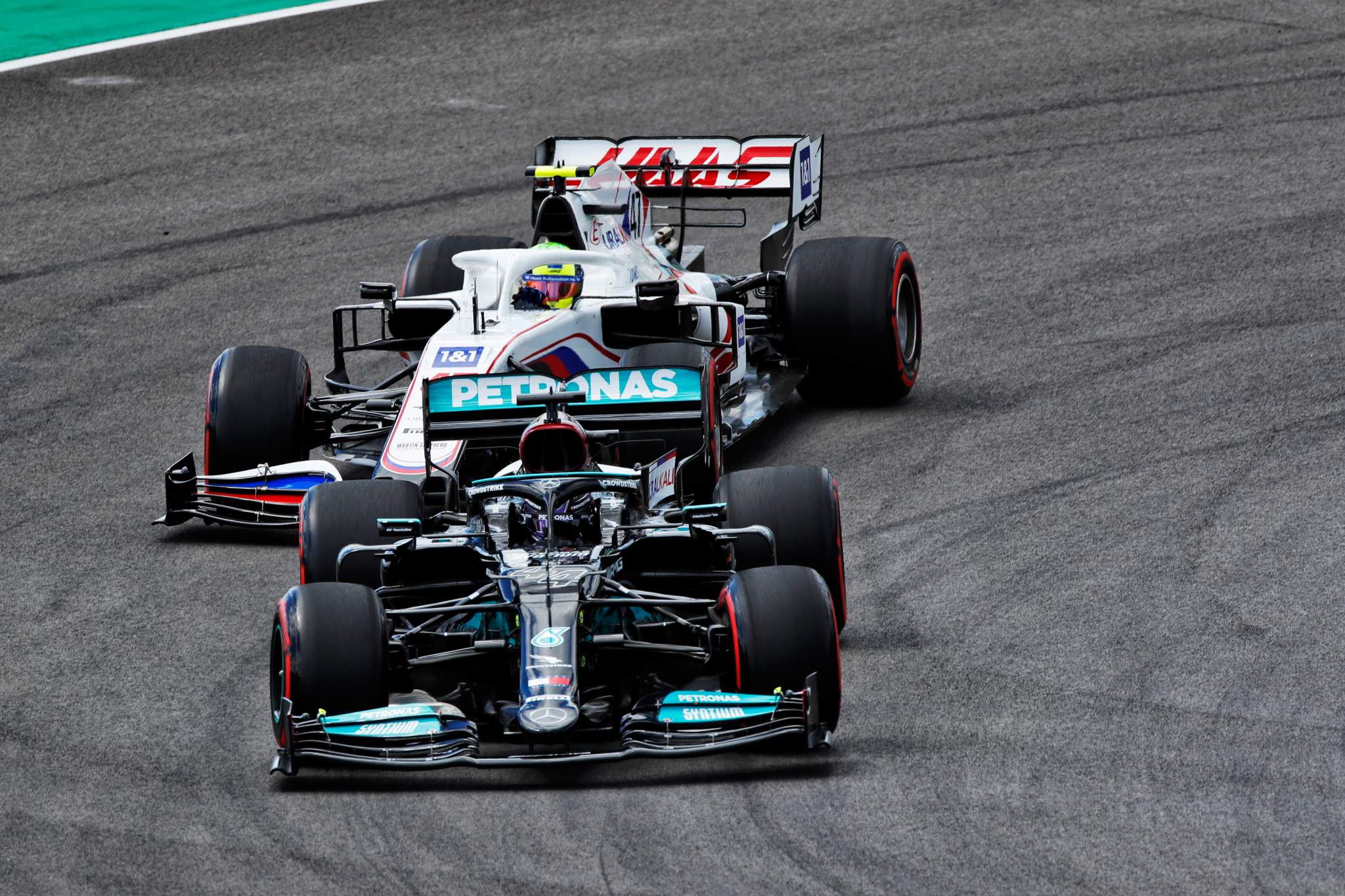
“Obviously, sometimes it’s a bit difficult. One blue that I got for Lewis [Hamilton] was kind of tough because he was trying to get the DRS off me, and so we both lost a lot of time and that brought me into a couple more blues further back.
“Obviously, those situations are kind of tough to manage, but it’s part of racing and part of our place that we’re at right now.”
Schumacher references a painful phenomenon that comes with the territory of blue flag management. The cycle of slowing down, losing tyre temperature, and running even slower afterwards can be seriously painful.
Mazepin has been pulled into cycle more often than not.
“If you just get caught by one car, you slow down and you go on the marbles and you try and restart at a certain pace which is most of the time not the same as you were,” Mazepin says.
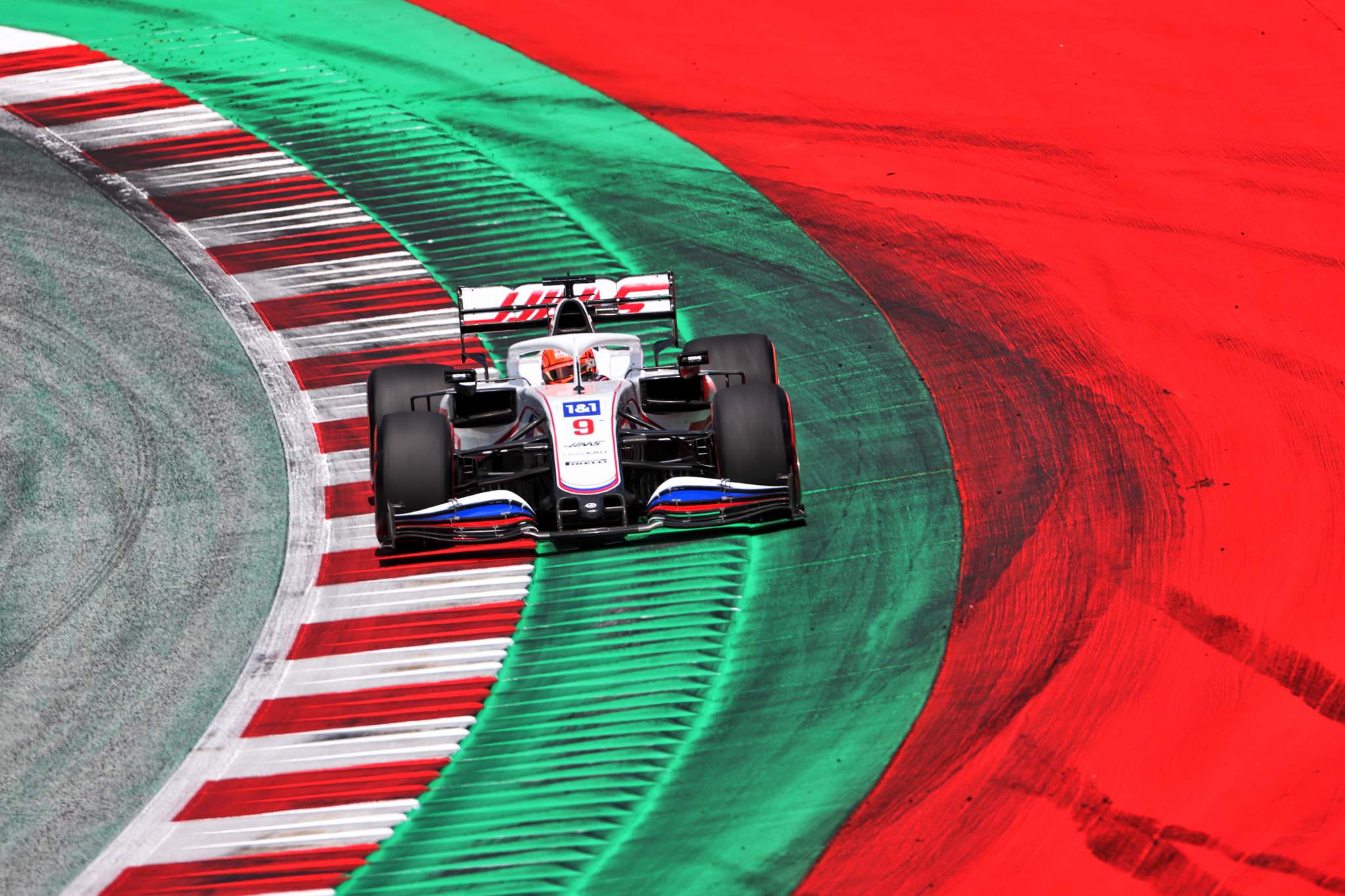
“Then you get caught again you just kind of fall into this very awful place.
“And the worst thing is when an engineer tells you that there’s five cars within two seconds of each other.
“It is the story of this year for me unfortunately, and I think with a slight increase of pace we could find a lot of total race time because we would have less blues.”
And Mazepin touches on an important point there, which is that if he’s slightly further up the road he won’t have this issue as severely.
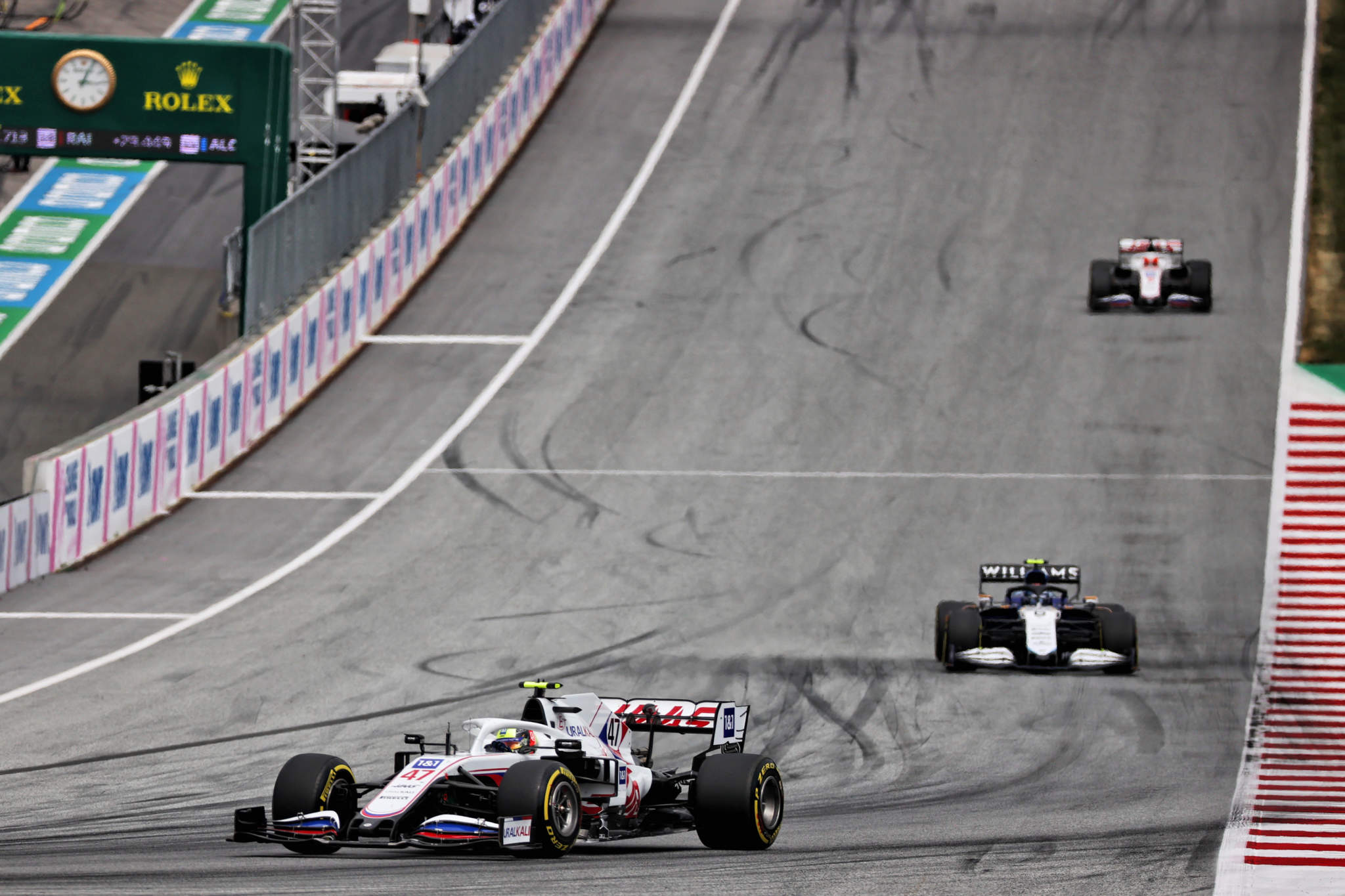
The Austrian Grand Prix was a case in point as Schumacher’s pace meant he was able to stay clear of a gaggle of cars that quickly swallowed up Mazepin mid-race – and ended up miles clear of his team-mate having been just a couple of seconds ahead before Mazepin fell back.
It has been so severe at times that Mazepin has been pulled into the pits to avoid falling into the clutches of multiple cars and try to get him fresh air.
“The only way you can try to help is with the strategy,” sympathises Haas team boss Guenther Steiner.
“We have tried to get him out of the first round of blue flags. Once you get one or two, you’re just so slow you can never recover the tyre back to a performing state, so you just fall into the trap of all the blue flags that are coming.
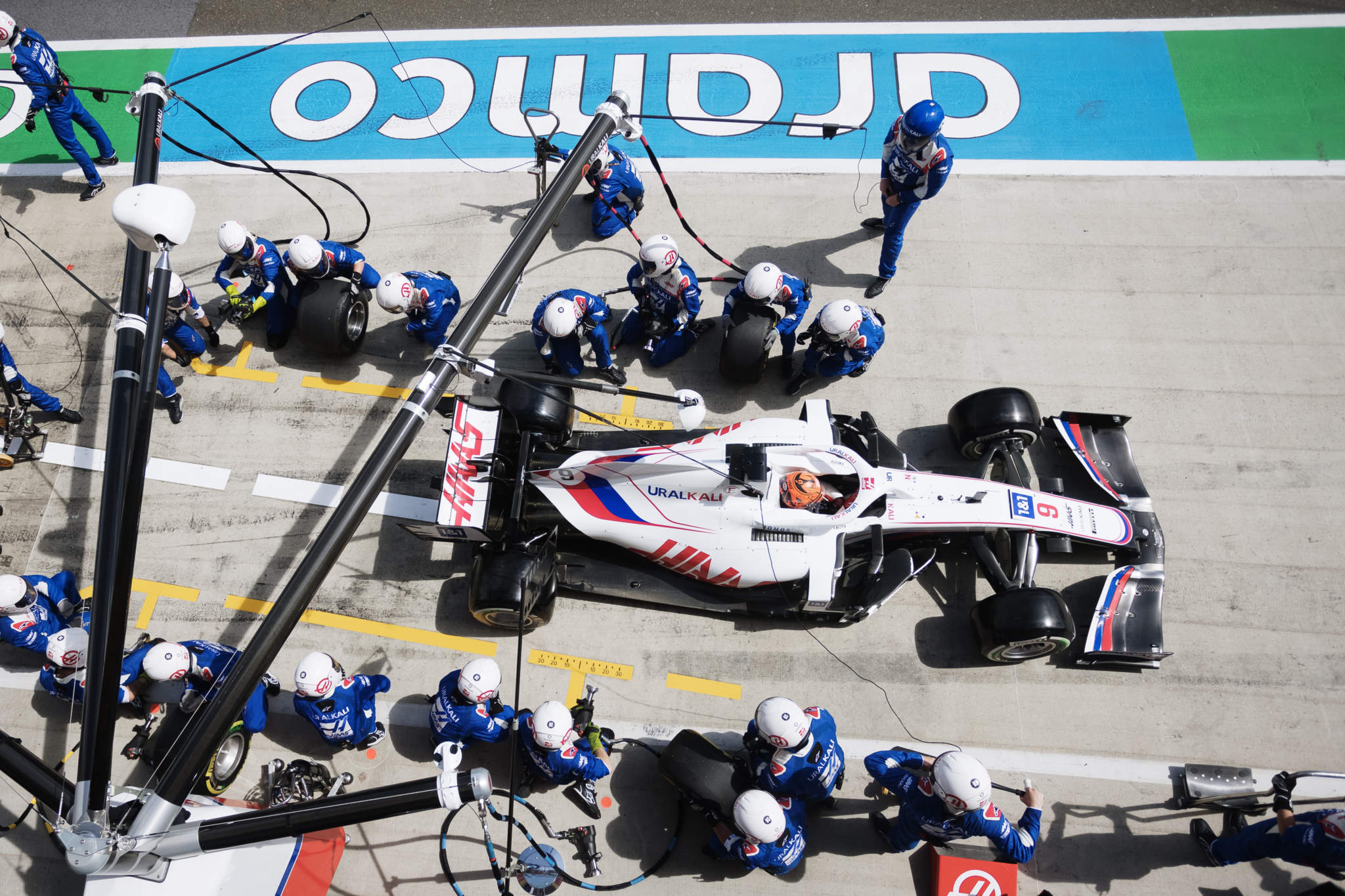
“It is difficult. Especially on the short tracks. They are terrible. I feel for them. Whenever you see them and watch them it’s like ‘whoa, here we go again’.”
The Haas pair aren’t the only rookies on the grid but their position at the very back of the grid does leave them most susceptible to this struggle. What of the other rookie – AlphaTauri’s Yuki Tsunoda?
His verdict is much the same as Mazepin’s, as it happens. Albeit much more blunt.
“It is very difficult,” says Tsunoda. “It depends on the track but most of the time, if we have blue flags we always lose time.
“We don’t want to disturb the cars that are faster, but also we want to fight for the position. So it’s very difficult. This season I tend to always lose quite a lot time – too much.”
Tsunoda reckoned prior to the summer break that he was starting to get a hang of it, and in an AlphaTauri – which is one of the quicker cars in the midfield – his position is an interesting one.
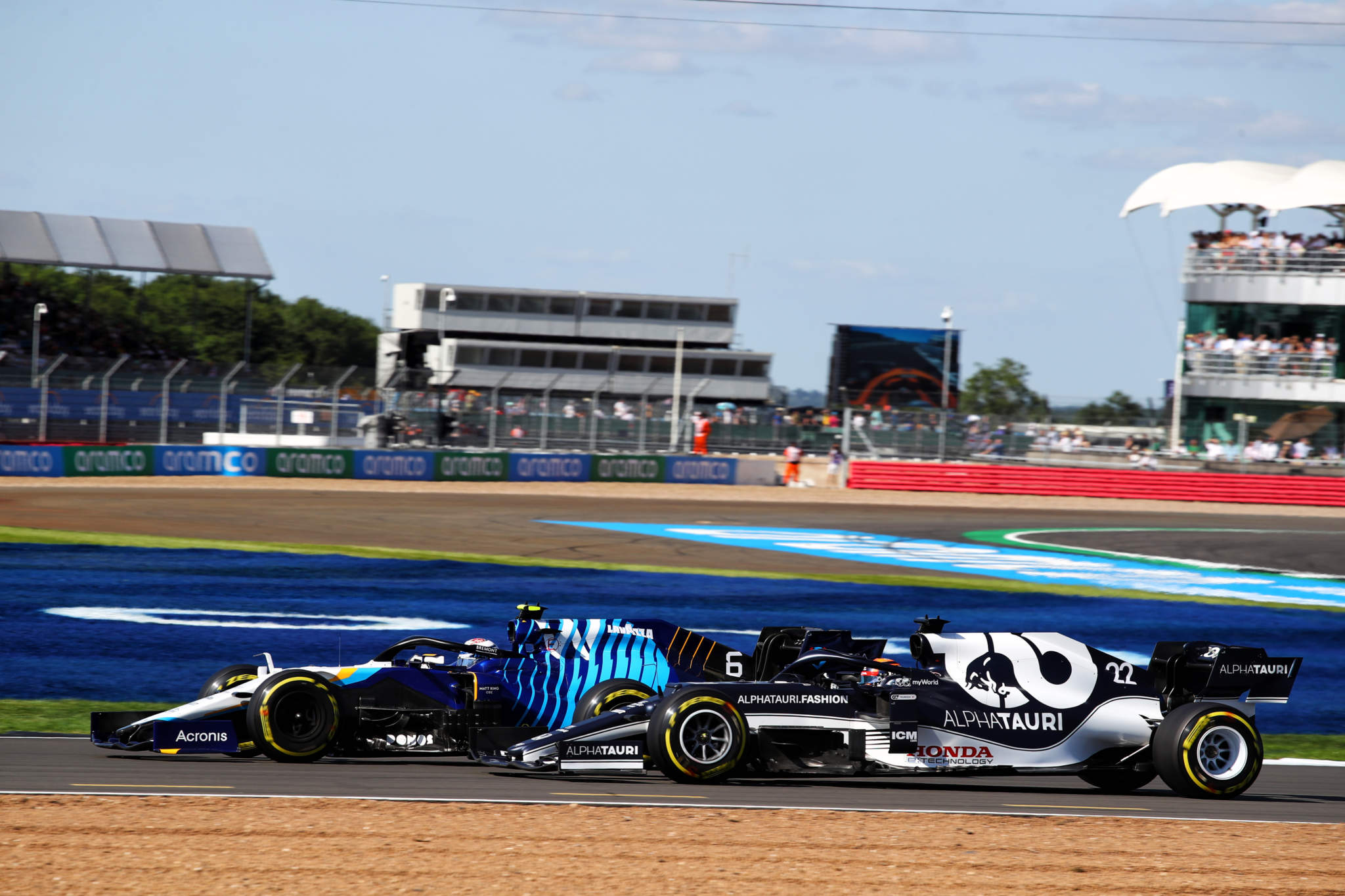
In one sense he is far better off than the Haas drivers because he will be getting swallowed up by fewer cars and at a slower rate.
However, he is also fighting for points in an ultra-tight part of the grid – so the consequences for getting things wrong and losing race time are bigger. Especially if he is caught by blue flags at a crucial phase around pitstops, with a rival either in the pits and ready to undercut him or extending a stint and overcutting.
Tsunoda’s team boss Franz Tost has seen more rookies than most. So what does he make of the challenge of blue flags?
“Of course we explain to the drivers beforehand where they don’t lose so much time and how to do it, but in the race sometimes it’s coming in another way,” Tost muses.
“They may be fighting with competitors just around them and then they get the blue flag.
“You don’t want to lose too much because then the other competitors behind you gets in a position to overtake you but of course you want to give the faster car, the leading cars, the free line.
“It’s also a question of experience. The rookies have to learn so many different things and the blue flags is one of those.
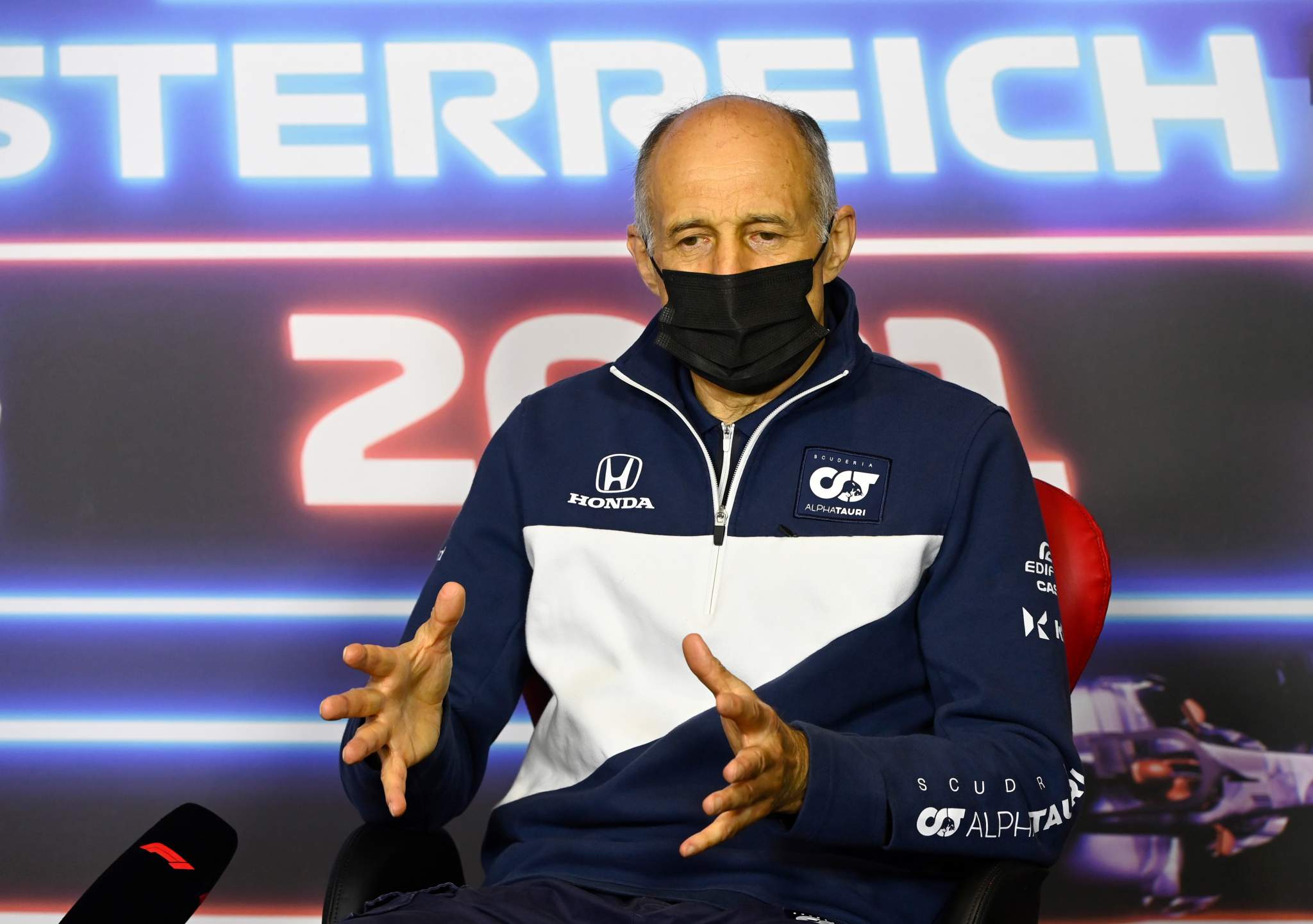
“You can lose two or three seconds immediately but if you manage it in a correct way and if you know how to do it then it’s maybe five to seven tenths.
“But it’s a learning process and it’s not the same at every race track. This is also an important factor.”
This weekend the trio of rookies take on Spa-Francorchamps at the Belgian Grand Prix – one of F1’s most famous and fearsome tracks.
The only saving grace with that is this track is one of the longer ones, which means it takes longer for the lapping to start – so far all the challenges that come with tackling Spa in a grand prix for the first time, at least the art of being lapped should be tested less.







